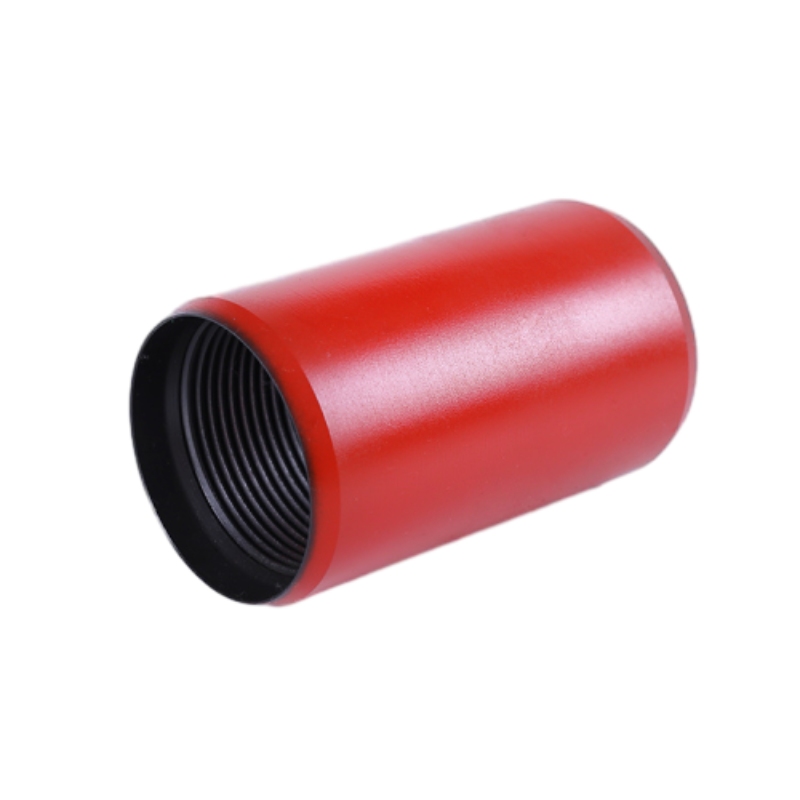- Afrikaans
- Albanian
- Amharic
- Arabic
- Armenian
- Azerbaijani
- Basque
- Belarusian
- Bengali
- Bosnian
- Bulgarian
- Catalan
- Cebuano
- Corsican
- Croatian
- Czech
- Danish
- Dutch
- English
- Esperanto
- Estonian
- Finnish
- French
- Frisian
- Galician
- Georgian
- German
- Greek
- Gujarati
- Haitian Creole
- hausa
- hawaiian
- Hebrew
- Hindi
- Miao
- Hungarian
- Icelandic
- igbo
- Indonesian
- irish
- Italian
- Japanese
- Javanese
- Kannada
- kazakh
- Khmer
- Rwandese
- Korean
- Kurdish
- Kyrgyz
- Lao
- Latin
- Latvian
- Lithuanian
- Luxembourgish
- Macedonian
- Malgashi
- Malay
- Malayalam
- Maltese
- Maori
- Marathi
- Mongolian
- Myanmar
- Nepali
- Norwegian
- Norwegian
- Occitan
- Pashto
- Persian
- Polish
- Portuguese
- Punjabi
- Romanian
- Russian
- Samoan
- Scottish Gaelic
- Serbian
- Sesotho
- Shona
- Sindhi
- Sinhala
- Slovak
- Slovenian
- Somali
- Spanish
- Sundanese
- Swahili
- Swedish
- Tagalog
- Tajik
- Tamil
- Tatar
- Telugu
- Thai
- Turkish
- Turkmen
- Ukrainian
- Urdu
- Uighur
- Uzbek
- Vietnamese
- Welsh
- Bantu
- Yiddish
- Yoruba
- Zulu
drill pipe crossover
Understanding Drill Pipe Crossover Essential Insights for the Oil and Gas Industry
In the oil and gas drilling industry, various components are essential for the efficient extraction of resources. One such critical component is the drill pipe crossover. This equipment plays a pivotal role in the drilling process, especially when transitioning between different sizes of drill pipes or when connecting various sections of the drilling rig. Understanding the function, types, and importance of drill pipe crossovers can profoundly impact operational efficiency and safety.
What is a Drill Pipe Crossover?
A drill pipe crossover is a specialized adapter that allows for the connection of two different sizes or types of drill pipes. The primary function of a crossover is to ensure that the drilling process can continue seamlessly despite variations in equipment size or type. For instance, when a drilling crew needs to switch from a larger diameter drill pipe to a smaller one, the crossover facilitates this transition.
Crossover tools are engineered to withstand significant pressures and stresses, given the harsh environments in which they operate. They are typically constructed from high-strength steel or other durable materials that enhance their longevity and reliability. The design also takes into consideration the weight and drilling depth, ensuring that the crossover can handle the rigors of deep drilling operations.
Types of Drill Pipe Crossovers
Drill pipe crossovers come in various configurations to meet the specific needs of a drilling operation. The two primary types are
1. Eccentric Crossovers These crossovers have an asymmetrical design, which helps alleviate stress on the drill string. They are often used in scenarios where there is a need to reduce torsional loading or enhance fluid flow.
2. Concentric Crossovers This type features a uniform design that allows for straight transitions between drill pipes. They are commonly used in applications where directional drilling isn't a concern, providing a straightforward connection approach.
drill pipe crossover

The choice between eccentric and concentric crossovers often depends on the specific drilling requirements and the equipment being used. It's essential for drilling engineers and personnel to understand these differences to select the most suitable crossover for their operations.
Importance of Proper Selection and Maintenance
Selecting the right drill pipe crossover is critical for several reasons. First and foremost, using an inappropriate crossover can lead to mechanical failures, which may cause costly downtime or, in the worst-case scenario, accidents. Factors like weight, pressure ratings, and material compatibility must all be taken into account to ensure safe and efficient operations.
Regular maintenance is equally crucial. Crossover components should be inspected before each use for signs of wear or damage. Small issues, if left unattended, can escalate into significant problems that can jeopardize the safety of the operation. Implementing a rigorous maintenance schedule not only enhances the lifespan of the crossover but also ensures the overall integrity of the drilling operation.
Conclusion
Drill pipe crossovers are indispensable components of the oil and gas drilling industry. They facilitate connections between different pipe sizes, ensuring that drilling operations proceed smoothly and efficiently. Understanding the types, applications, and maintenance needs of these components can significantly impact drilling success.
As technology and techniques in the drilling industry evolve, the role of crossovers remains crucial. With the increasing complexity of drilling operations and the push for greater efficiency and safety, investing in high-quality crossovers and adhering to best practices for their use and maintenance will continue to be paramount for drilling companies.
In conclusion, drill pipe crossovers may seem like minor components in the grand scheme of drilling, but their significance cannot be overstated. A well-informed approach to selecting and maintaining these tools can lead to enhanced operational efficiency, increased safety, and ultimately, the successful extraction of valuable resources buried deep within the Earth.
-
Well Casing Extension Couplings – Applications and InstallationNewsJun.06,2025
-
Types of Crossover Subs in Drilling & CompletionNewsJun.06,2025
-
Key Features of High-Quality Tubing Pup JointsNewsJun.06,2025
-
Installation and Maintenance Tips for Steel Couplings for PipeNewsJun.06,2025
-
How to Select the Right Pup Joint for Oil & Gas OperationsNewsJun.06,2025
-
Applications of Stainless Steel Pipe CouplingsNewsJun.06,2025







